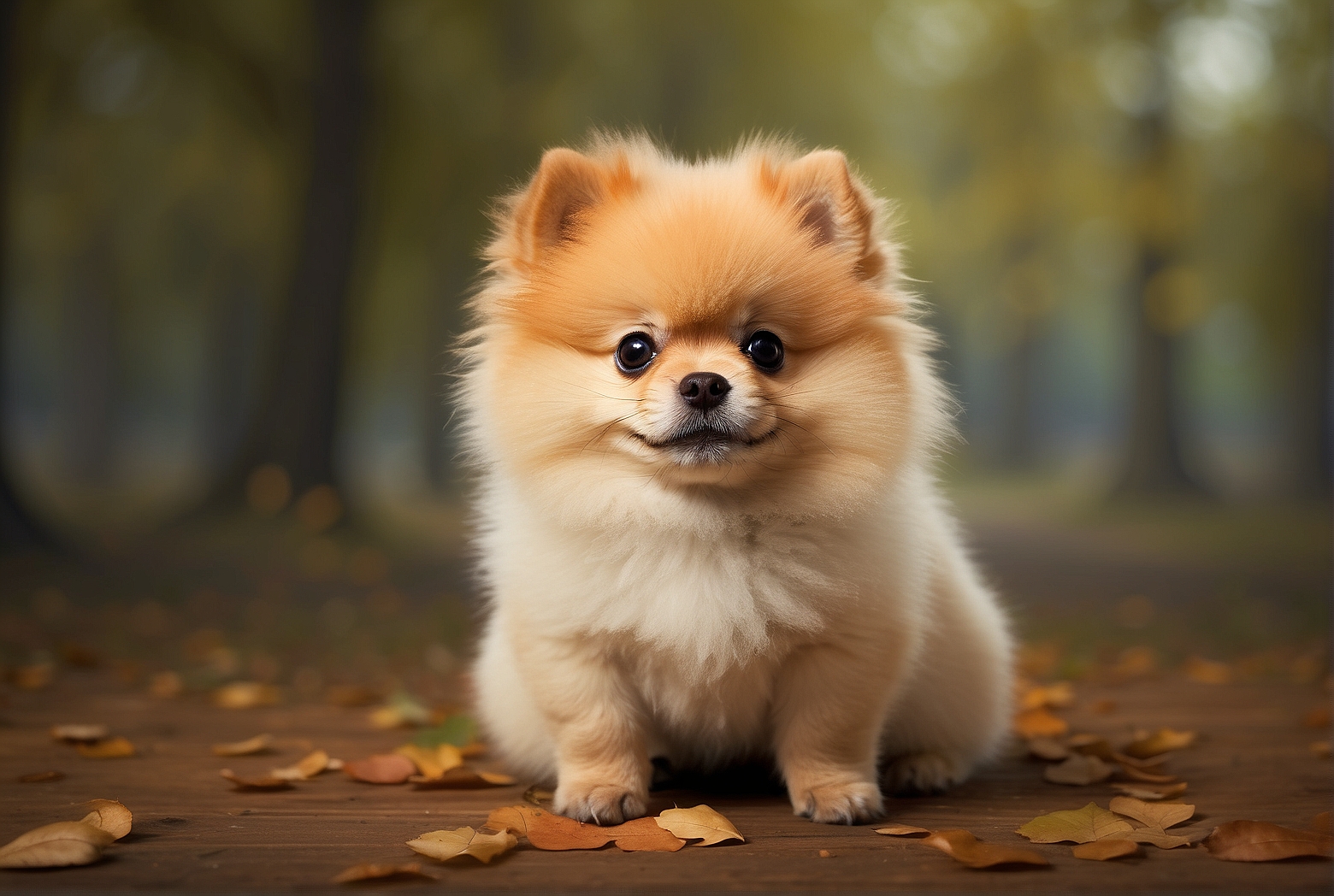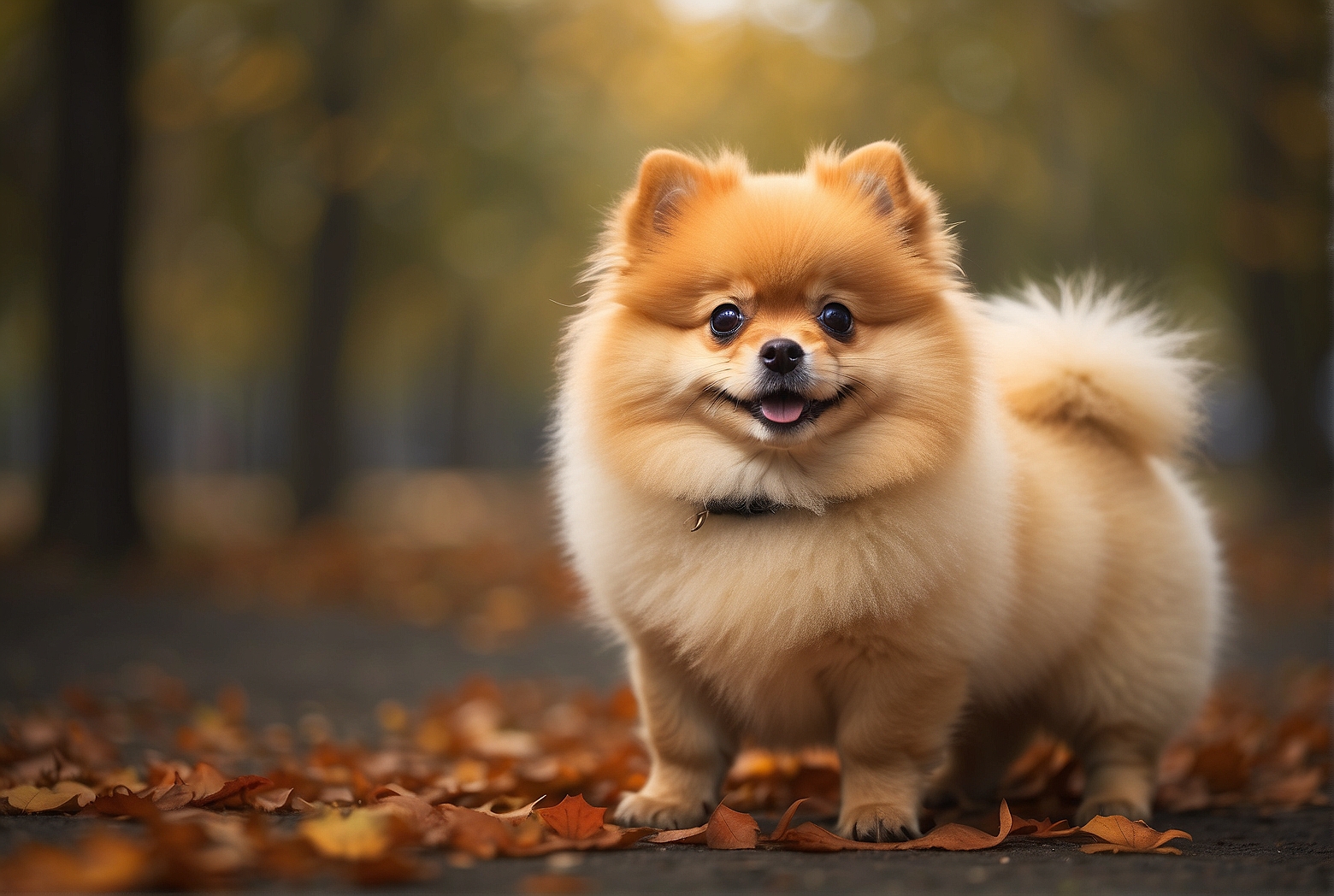Imagine finally deciding to bring home a new furry friend and instantly falling in love with the adorable and fluffy Pomeranian breed. Now, you’re probably wondering how much a trained Pomeranian will cost. Well, look no further! In this article, we will explore the price range of trained Pomeranians, providing you with all the information you need to know before making this exciting addition to your family. So, get ready to discover the world of trained Pomeranians and find out just how much these charming pups will cost you.
Factors that Influence the Cost of a Trained Pomeranian
Are you considering adding a trained Pomeranian to your family? Before making a decision, it’s important to understand the various factors that can influence the cost of these adorable little furballs. From breeder reputation to additional services or guarantees, there are several key factors that can affect the price tag attached to a trained Pomeranian. Let’s dive into each one to gain a comprehensive understanding.
Breeder Reputation and Location
When it comes to the cost of a trained Pomeranian, the reputation and location of the breeder play a significant role. Well-known and reputable breeders often charge more for their puppies due to their established credibility and track record of producing high-quality dogs. Additionally, breeders from different countries may have different pricing structures based on various factors such as import costs, breeding regulations, and local demand.
Pedigree and Bloodline
The pedigree and bloodline of a Pomeranian also impact its price. Pomeranians with champion bloodlines or those descended from show champions tend to carry a higher price tag. The lineage of ancestors and their achievements play a role in determining the value of a trained Pomeranian, as having a strong genetic background significantly increases the chances of the dog inheriting desirable traits and characteristics.
Show Quality vs. Pet Quality
Another factor that can influence the cost of a trained Pomeranian is its intended purpose. Pomeranians bred for shows and competitions often have a higher price compared to those intended solely as pets. Show quality dogs are carefully bred to meet strict breed standards, displaying the desired physical attributes, temperament, and overall conformation. On the other hand, pet quality dogs may not possess the same show potential, and therefore, are generally priced lower.
Gender and Age
Gender and age are also factors that can lead to variations in the price of a trained Pomeranian. In some cases, males may be priced differently than females due to differences in demand, availability, or breeding potential. Additionally, the age of the trained Pomeranian is likely to impact its cost. Younger puppies may be priced higher as they require more time and effort to train, while older dogs may be priced lower due to reduced demand or advanced training needs.

Health Testing and Vaccinations
Ethical breeders prioritize the health of their dogs, and this investment in health testing and vaccinations can affect the cost of a trained Pomeranian. By testing parent dogs for genetic diseases and ensuring they are in good health, breeders can reduce the chances of passing on hereditary conditions to their offspring. Quality and frequency of vaccinations, along with efforts to prevent genetic diseases, can add to the overall cost of a trained Pomeranian due to the additional healthcare expenses incurred.
Training Level and Skills
The amount and type of training a Pomeranian has received also play a significant role in determining its price. Basic obedience training is a baseline expectation and is typically included in the cost of a trained Pomeranian. However, if a Pomeranian has received additional training, such as advanced obedience, agility, or therapy work, the cost is likely to increase. The investment made by breeders in professional training for their dogs reflects in higher prices, considering the valuable skills and expertise demonstrated by these trained Pomeranians.
Coat Quality and Color
Pomeranians are known for their luxurious coats, and their coat quality and color can impact their market value. Different coat types, such as thick and fluffy or smooth and silky, may hold different appeal for potential buyers, leading to variations in pricing. Additionally, rare coat color variations, such as blue or merle, can significantly affect the price of a trained Pomeranian due to their novelty and unique aesthetic appeal.
Size and Weight Standards
Adherence to standard size and weight guidelines is an essential consideration for breeders and potential buyers alike. Variations in size and weight, either above or below the breed standards, may affect the price of a trained Pomeranian. Deviations from the standard can be seen as either desirable or undesirable traits, depending on the preferences of the buyer. As a result, pricing variations may occur based on how closely a Pomeranian adheres to the size and weight standards.
Availability and Demand
As with any commodity, availability and demand play a significant role in determining the cost of a trained Pomeranian. If trained Pomeranians are in high demand and limited supply, the price is likely to increase. Conversely, if there is an abundance of trained Pomeranians available, the price may be more affordable. Understanding the current market conditions for trained Pomeranians can help individuals gauge the pricing trends and make an informed decision.
Additional Services or Guarantees
Lastly, additional services or guarantees provided by the breeder can affect the cost of a trained Pomeranian. Some breeders may include the cost of spaying/neutering, microchipping, or registration fees in the overall price, while others may charge separately for these services. Health guarantees or warranties may also impact the cost, as breeders who stand behind the health of their dogs may charge a premium. Added perks such as free training sessions or support, along with included supplies or starter kits, can also contribute to a higher price tag.

In conclusion, when considering the cost of a trained Pomeranian, it’s essential to take into account various influential factors. Breeder reputation and location, pedigree and bloodline, show quality vs. pet quality, gender and age, health testing and vaccinations, training level and skills, coat quality and color, size and weight standards, availability and demand, and additional services or guarantees all contribute to the final price. By understanding these factors, you can make an informed decision and find the perfect trained Pomeranian to welcome into your family.
